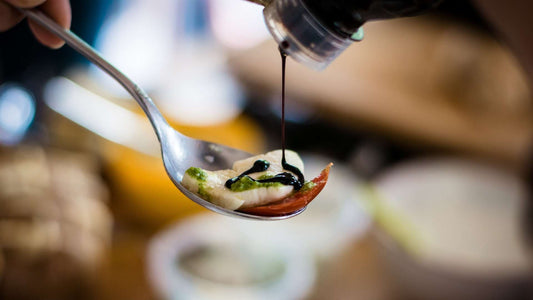Lambrusco alcohol content: guide to choosing the perfect sparkling wine
Lambrusco: a sparkling wine with deep roots
Lambrusco, with its lively bubbles and distinctive taste, represents one of the most authentic and traditional expressions of the wine culture of Emilia-Romagna. This sparkling wine, appreciated both in Italy and abroad, stands out not only for its natural effervescence but also for the rich variety of flavor nuances, which vary based on the alcohol content and the specific variety of grape used. The roots of Lambrusco lie in a thousand-year history, dating back to the era of the Etruscans and Romans, who already appreciated this wine for its organoleptic qualities and its ability to accompany with versatility the various dishes of the rich Emilian cuisine. Over the centuries, Lambrusco has maintained its close link with the territory of origin, becoming a symbol of the hospitality and conviviality typical of the region. Today, Lambrusco is produced following both traditional methods and modern innovations, with particular attention to the selection of the grapes and the control of the fermentation process, key aspects for defining the alcohol content and aromatic profile of the wine.
Varieties and gradations: the diversity of Lambrusco
There are many varieties of Lambrusco that can be found in Emilia-Romagna, each with unique characteristics that influence the alcohol content and taste profile of the wine. Among the best known, Lambrusco di Sorbara, appreciated for its lightness and fresh notes of red fruits; the Lambrusco Grasparossa di Castelvetro, famous for its more robust body and an intensely fruity taste; and the Lambrusco Salamino di Santa Croce, balanced and harmonious, with a perfect balance between acidity and sweetness. These varieties, together with others less known but no less interesting, make up the mosaic of Lambrusco, offering a range of alcohol content ranging from 4% to 11%. This variety of alcohol content allows Lambrusco to accompany a wide range of dishes, from the lightness of an aperitif to the more structured dishes of the Emilian tradition, highlighting how the alcohol content is not just a technical detail, but a key element that contributes to the experience sensorial of wine.
How alcohol content affects taste
The alcohol content of Lambrusco plays a crucial role in defining its sensorial profile, directly influencing the perception of taste and the general harmony of the wine. A Lambrusco with a lower alcohol content tends to offer a lighter and fresher tasting experience, ideal for aperitifs or to accompany delicate dishes. These wines often have a balance tilted towards greater acidity, with fruity and floral notes at the forefront. In contrast, Lambruscos with a higher alcohol content express a more complex and intense structure, with a richness of flavors ranging from ripe red fruits to spicier and earthier nuances, making them perfect companions for rich and tasty dishes. The choice of alcohol content, therefore, is not limited to a matter of personal preference, but becomes a strategic element to enhance the flavors of the cuisine with which Lambrusco is paired, creating a balanced and pleasant culinary experience.
Recommended pairings: enhance the flavors with Lambrusco
The versatility of Lambrusco in its different alcoholic strengths opens up a world of possibilities for food pairings. A light and sparkling Lambrusco goes beautifully with appetizers and appetizers, enhancing the freshness of summer salads or fish-based dishes. Its balanced acidity cuts through the richness of fried foods, such as fried gnocco or crescentine, offering a pleasant contrast that prepares the palate for the next bite. Lambruscos of medium alcohol content, with their balance between sweetness and acidity, are ideal for accompanying traditional Emilian dishes such as tagliatelle with meat sauce or lasagne. For more structured wines with higher alcohol content, it is advisable to dare with more daring pairings: dishes based on red meat, game or mature cheeses. These Lambruscos, with their body and intensity, embrace robust flavors, enriching the tasting experience with every sip.







